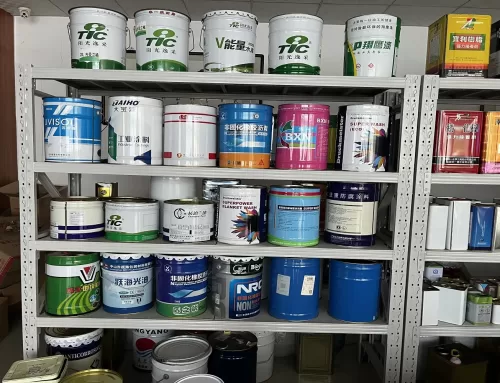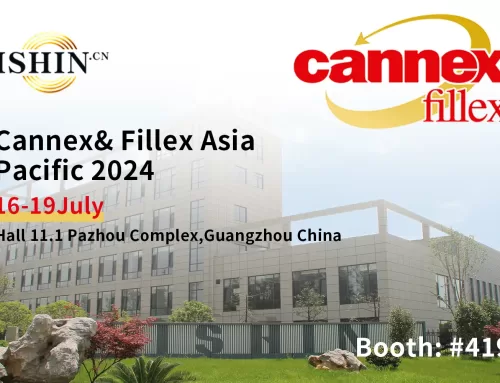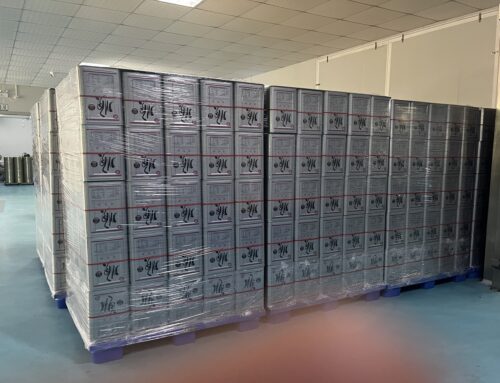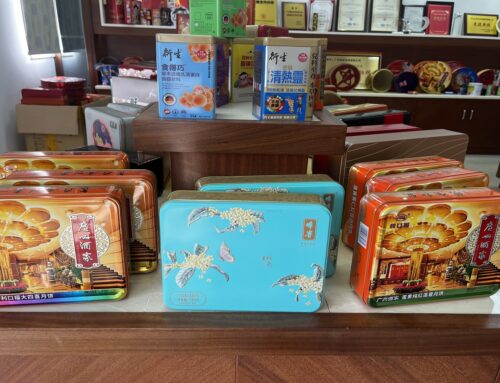The production process of tin includes:
Pickling–cold rolling–annealing–flattening—trimming–tinning—coating
Pickling: 1 is for the oxide on the surface of the original board. 2 is for trimming and checking for defective original boards.
Cold rolling: mainly through pressure to make the thickness thinner. This can be done at room temperature.
Annealing: This process is mainly to adjust the corresponding hardness according to the customer’s use and requirements. There are two ways: 1) bell furnace annealing 2) continuous annealing. The greater the normal hardness, the more continuous annealing is used
Leveling: There are mainly two aspects: 1) the inspection of the surface condition and 2) the leveling of the plate shape.
Trimming: the minimum is 5mm, and the normal cut is 7.5mm.
Tin plating: Consider the tin plating environment such as concentration, humidity and so on.
Oiling: Apply DOS oil under normal conditions. In order to prevent sticking, or rust. But the control of the above oil point is more difficult.
Composition: From bottom to top, the bottom is the substrate–iron-tin alloy–tin–chromium oxide—oil film




